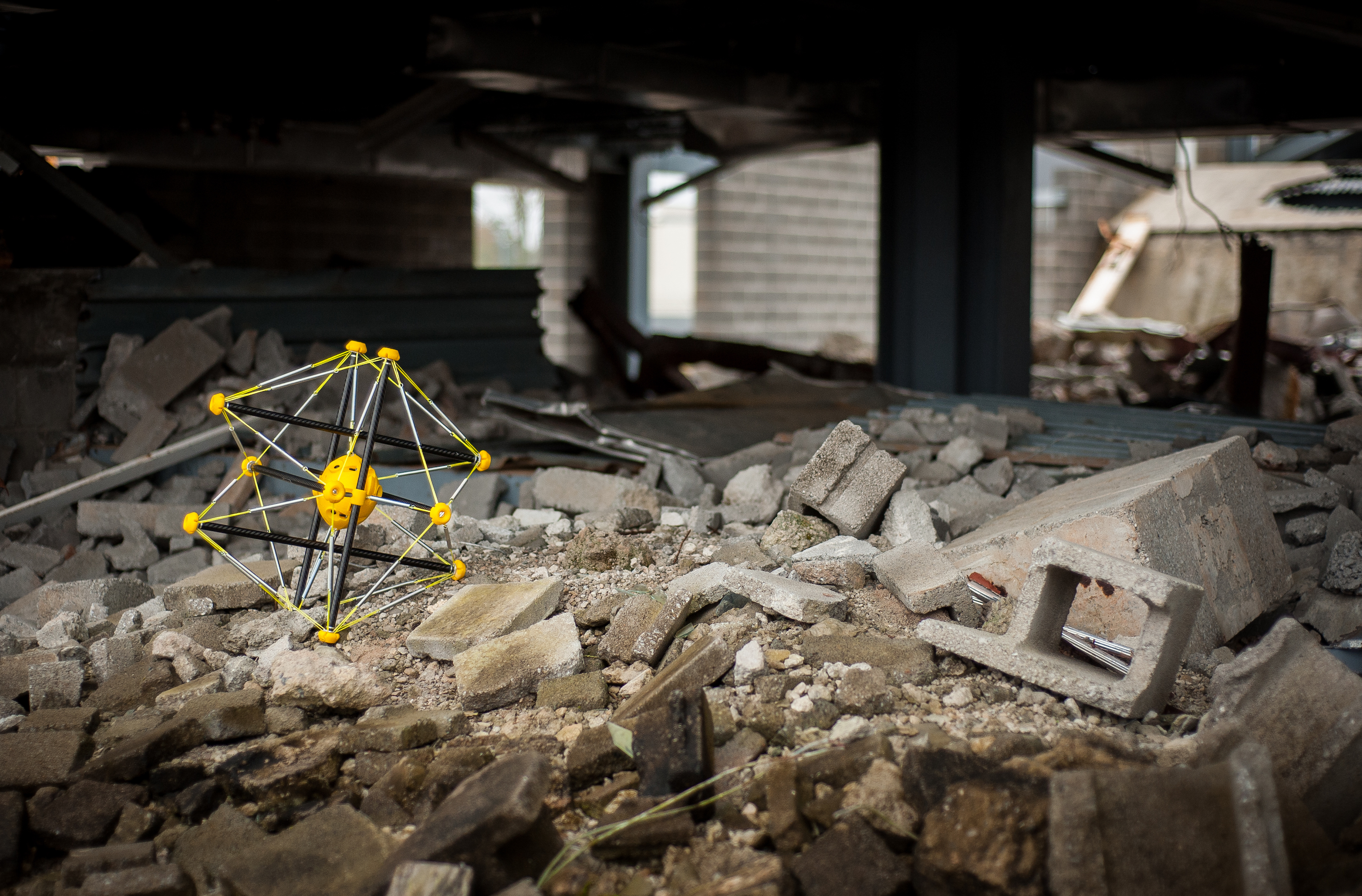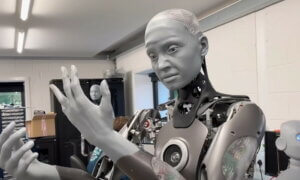When natural disasters or other emergencies like wildfires or chemical spills happen, one of the most important things to do is get the first responders there as fast as possible, so they can assess the situation. Gearing them up and getting transport through takes a lot of time though all while the situation they head towards can escalate or change from one moment to the next.
But what if the first responders had a helping hand?
This is where Squishy Robotics comes in, a start-up mostly made up of women, that has developed air-deployable, shape-shifting sensor robots that can help provide life-saving ‘situational awareness about chemical, biological, radiological, nuclear, or explosive (CBRNE) threats.
The aim of these robots is to help both the first responders and the public to make decisions that could save their own or someone else’s life faster, in a well-informed manner.

The robots themselves don’t look like you’d imagine this type of robot to look: they are shaped like a geodesic ball and, at first glance, you’d easily mistake them for a children’s toy. But you’d be surprised to find out just how much these little guys can do and how much help they can provide.
For one, they come equipped with six cameras, GPS and interchangeable sensors that can deliver chemical, biological and radiological data. They can also send out 360-degree videos in situations where human access is restricted or unsafe.
Over the last 20 years, 400 first responders have died going into dangerous situations. Our sensor-equipped robots can make a tremendous difference for these brave people by saving lives, reducing costs, and increasing overall effectiveness of emergency response teams.
– Dr Alice Agogino
All of this means that they can provide first responders and HazMat teams with ground data all by themselves, eliminating the need to expose the humans to unknown hazards.
Squishy Robotics created two versions: one is stationary and the other, still in beta, is mobile. The mobile version can be controlled remotely even over uneven ground.
Dr. Alice Agogino, co-founder and CEO of Squishy Robotics and Professor of Mechanical Engineering at UC Berkely, said in a press statement that their robots can survive a fall without any issues and that they are “a solution for the urgent, worldwide need to improve efficiency and increase the safety of emergency responders and the public. Over the last 20 years, 400 first responders have died going into dangerous situations. Our sensor-equipped robots can make a tremendous difference for these brave people by saving lives, reducing costs, and increasing overall effectiveness of emergency response teams.”
To take it one step further, Squishy Robotics has begun a collaboration with the Los Angeles County Fire Department (LACoFD) and the Houston Fire Department (HFD), both of them the largest fire departments in California and Texas, respectively, in a pilot program that will test the robots.

The Fire Departments will provide the company with feedback and recommendations that will help Dr. Agogino and her team polish the robots’ capabilities and fit the first responders’ particular needs.
Squishy Robotics is currently working on making its robots available for pre-sale via its website, and aims to deliver the finished products by the end of this year.
Follow TechTheLead on Google News to get the news first.























